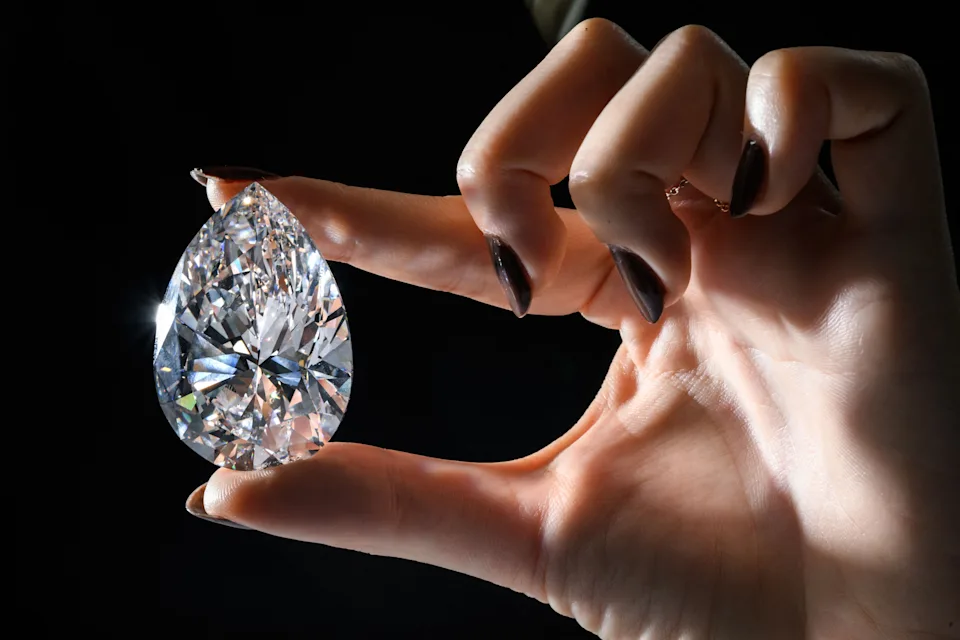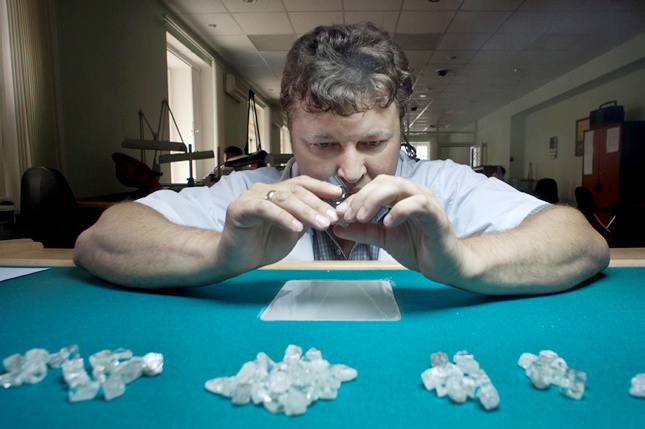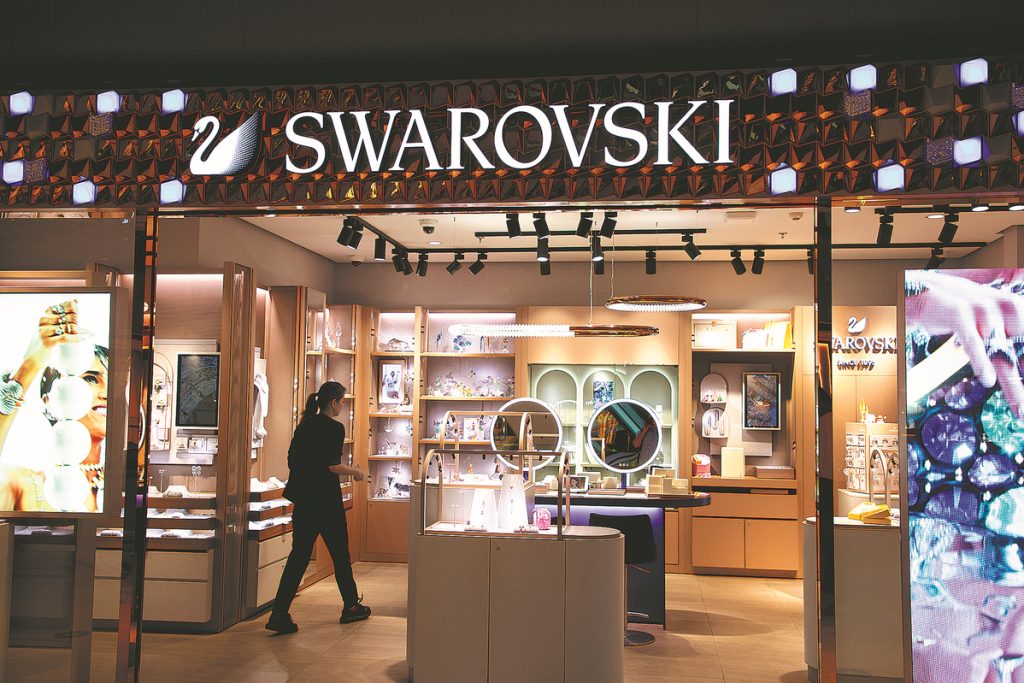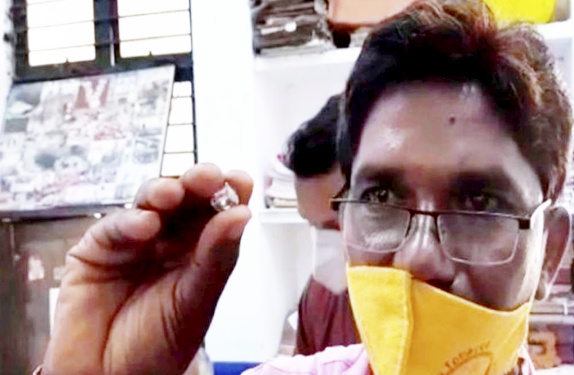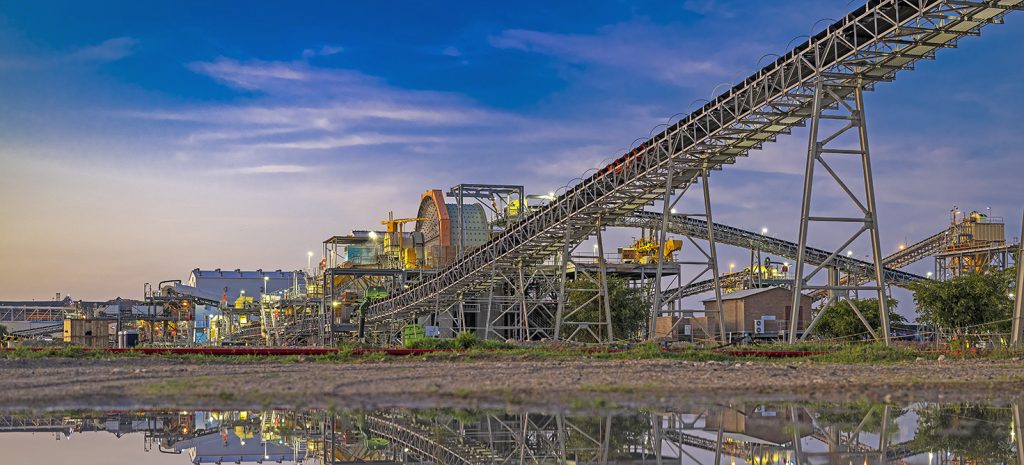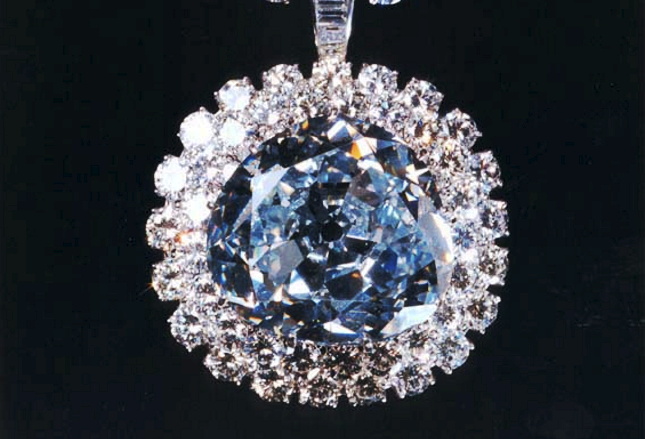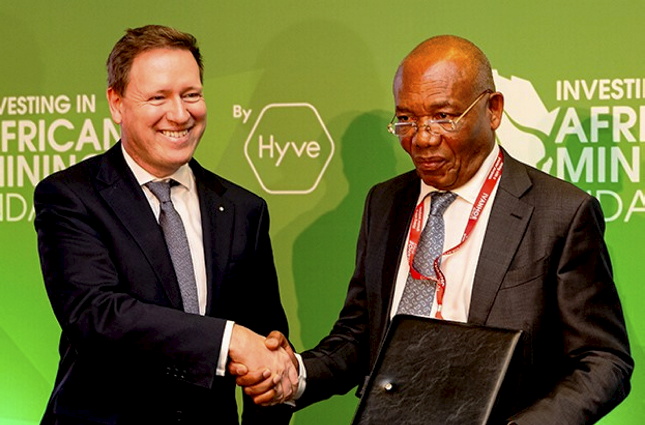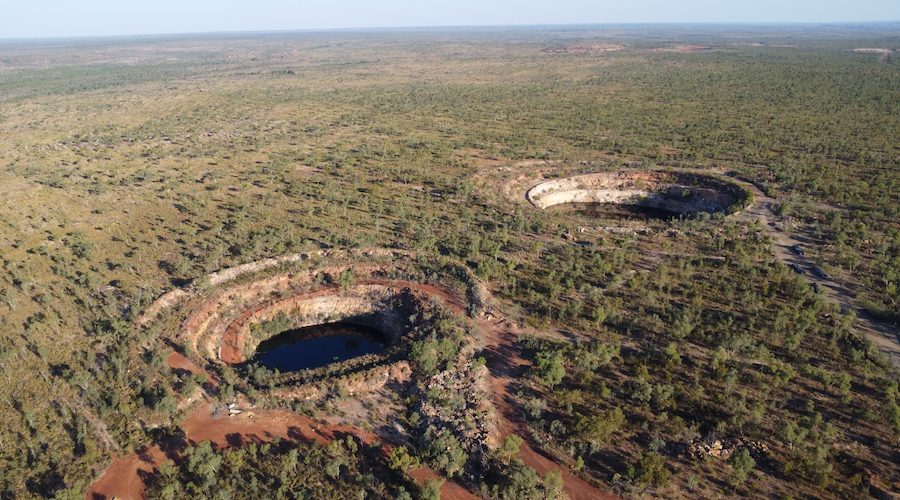
Lucapa Diamond has announced plans to restart production at its mothballed Merlin diamond mine in Australia’s Northern Territory.
The phased approach will begin with an 18-month initial phase, requiring A$15 million ($10m) to excavate and dredge five existing pits. This work is expected to recover around 67,000 carats and generate an estimated A$42 ($27m) million in revenue.
The second phase, spanning 27 months, will focus on vertical pit mining at the Gawain pit, targeting the recovery of 247,000 carats and generating A$246 million ($160m) in revenue. The overall project is expected to yield operating cash flow of $110 million, with a pre-tax net present value of A$40 million ($26m)and an internal rate of return of 75%.
Lucapa anticipates recovering gem and near-gem quality diamonds, which historically accounted for 75% of the mine’s production.
Questions remain about how Lucapa will fund its plans, as the company began the quarter with just US$1.3 million in cash. To address this, Lucapa has entered into a A$1 million short-term loan and is also exploring other funding options such offtake agreements, project-level debt, equity, and government facilities.
Smaller, more achievable target
Lucapa, which also has interests in the Lulo diamond operations in Angola and the Mothae mine in Lesotho, acquired Merlin in 2021 for A$8.5 million.
The restart plan follows a 2022 scoping study that proposed a larger $96 million restart, which was halted due to rising capital costs and declining diamond prices.
The new plan includes constructing a 355,000tpa process plant using existing equipment at Merlin, with a proposed five-year mine life aimed at expanding operations into the 2030s.
Lucapa aims to grow the diamond resource beyond the current estimate of 4.4 million carats while also exploring the region for base metals, given its proximity to the McArthur River lead-zinc-silver mine.
Sorce: mining.com
